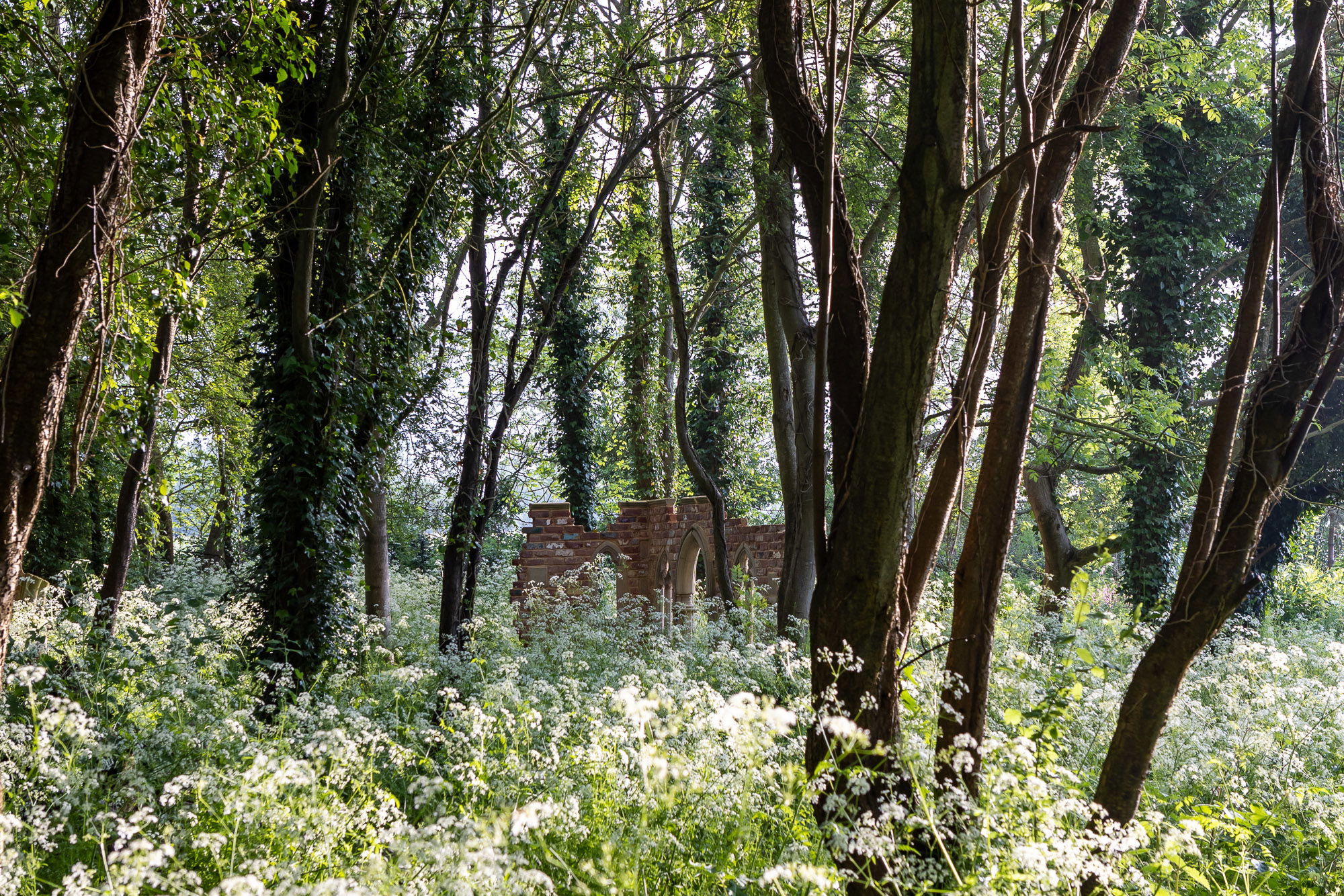Green Belts
How does Green Belt planning policy work?
Green Belt planning policy aims to prevent urban sprawl by keeping land around urban areas permanently open (their essential characteristics are their openness and their permanence).
Local Planning Authorities (LPAs) are responsible for designating and maintaining these areas within their jurisdiction, and they can only change boundaries in exceptional circumstances.
Green Belt areas have some of the strictest planning controls. Not only is there national policy contained within National Planning Policy Framework (NPPF), but local authorities often have key prescriptive rules within their local policies, and so our knowledge of their requirements is vital.

The UK planning system operates on the basis that development is permitted unless there is a demonstrable harm associated with it. This is not the case within areas designated as Green Belt.
All development within a Green Belt is considered inappropriate and, by definition, harmful to its character unless it falls within a limited set of exceptions or can demonstrate “very special circumstances”. These “very special circumstances” must be compelling enough to clearly outweigh the harm to the Green Belt caused by the inappropriateness of the development and any other associated harm.
The only exceptions to this are those stated in government policy (explained in What type of property developments are approved in Green Belts), or if there are very special circumstances in which planning ought to proceed, even if it’s harmful to the Green Belt.
